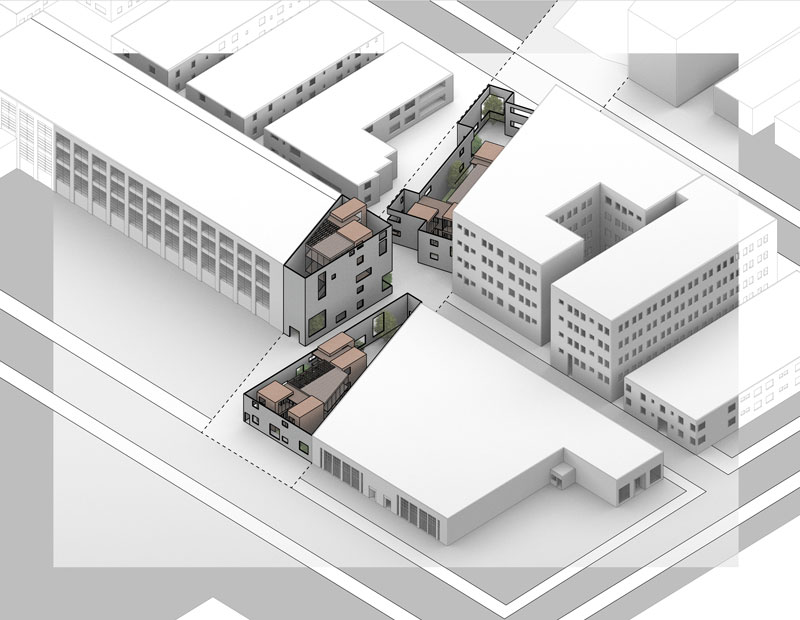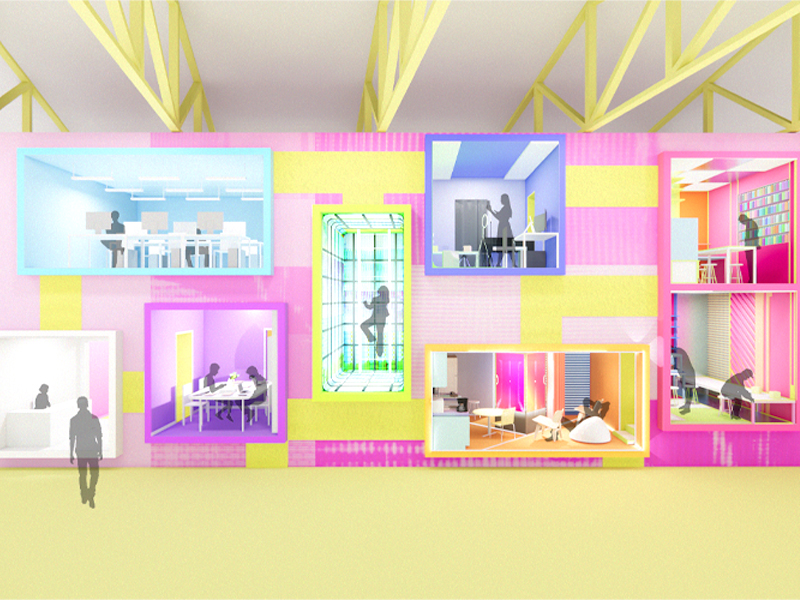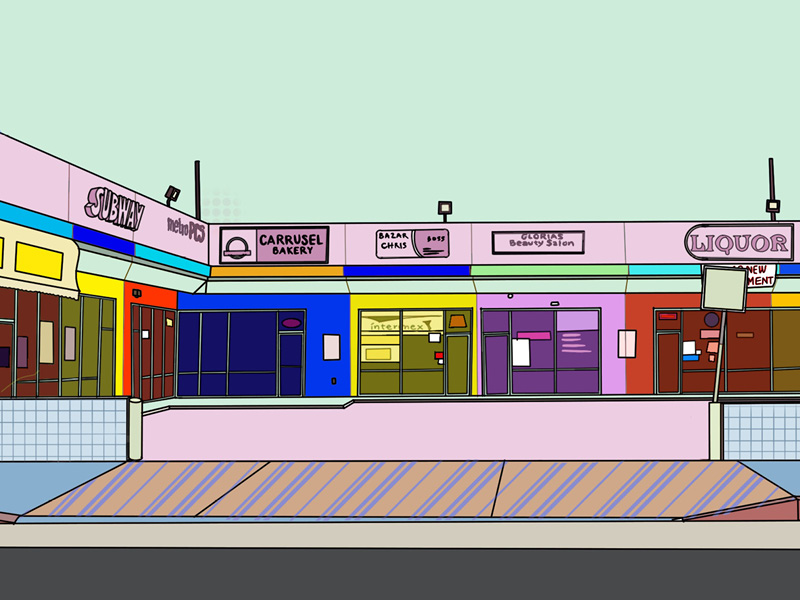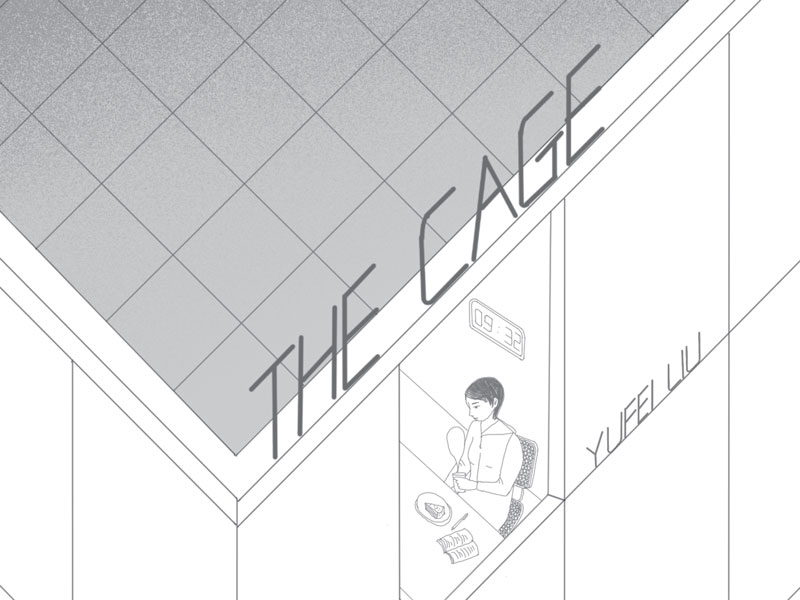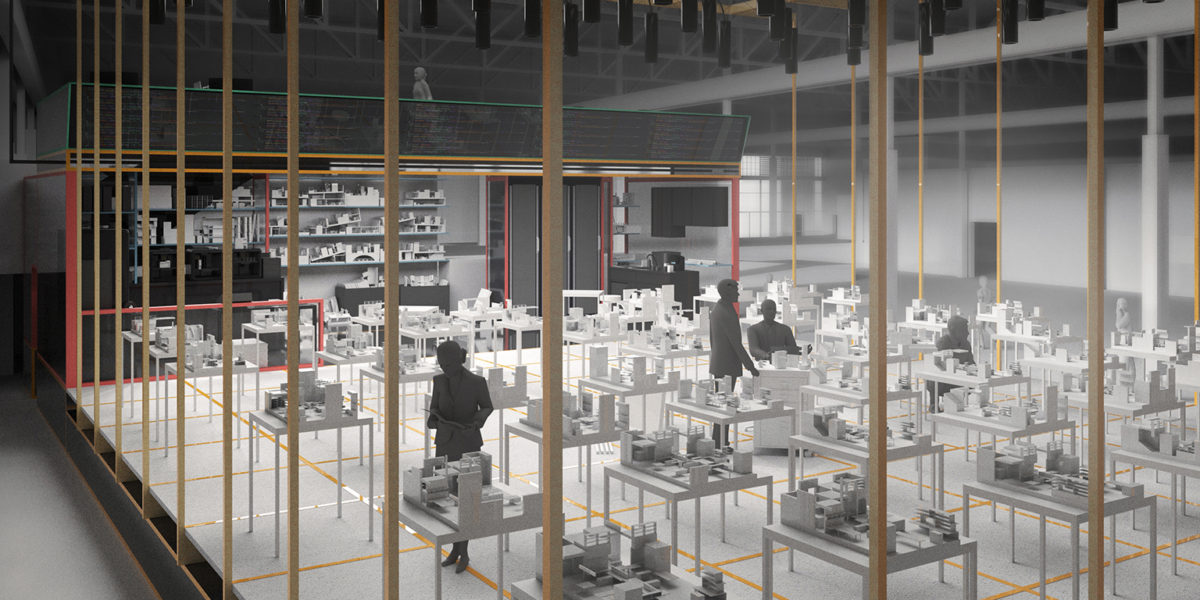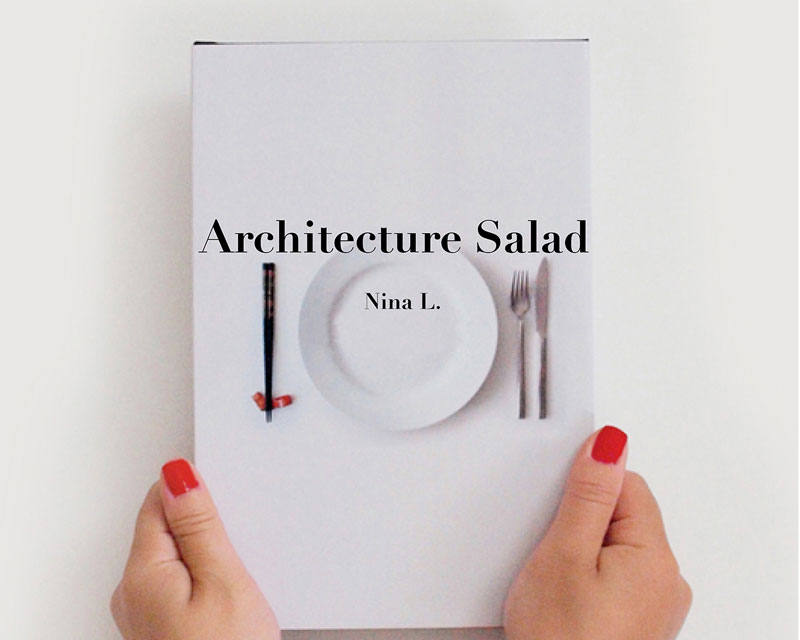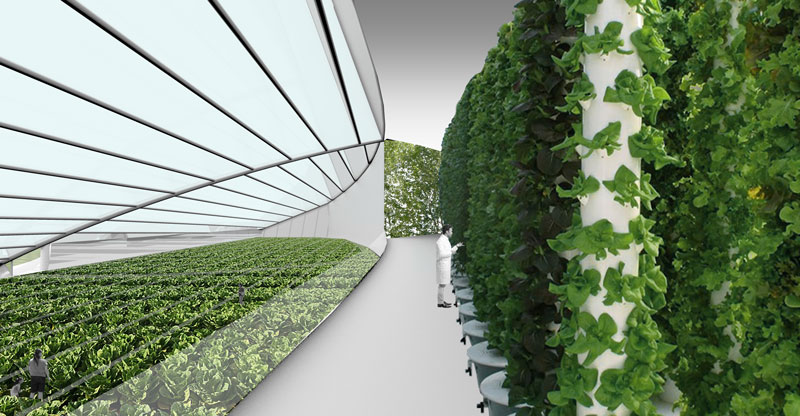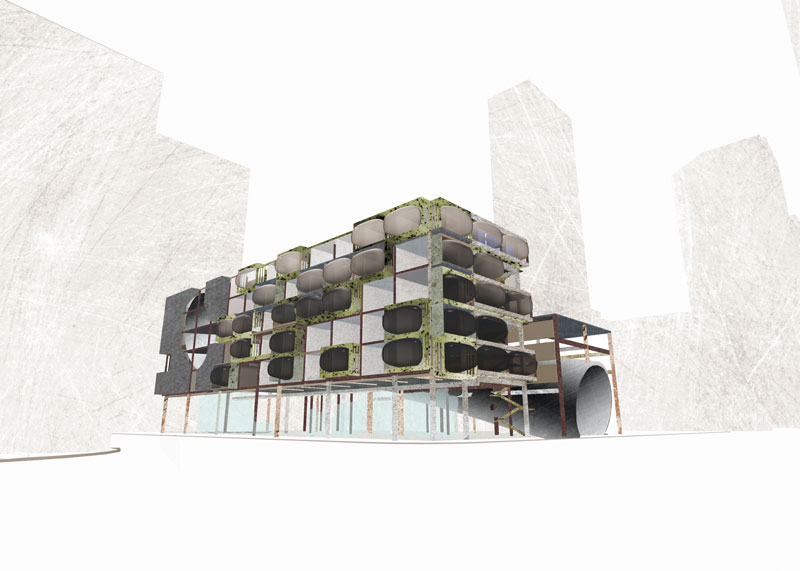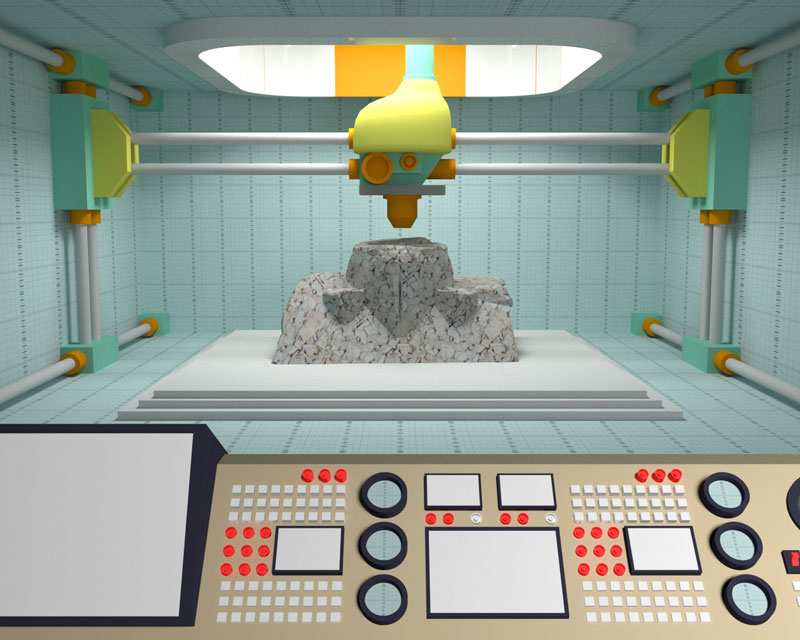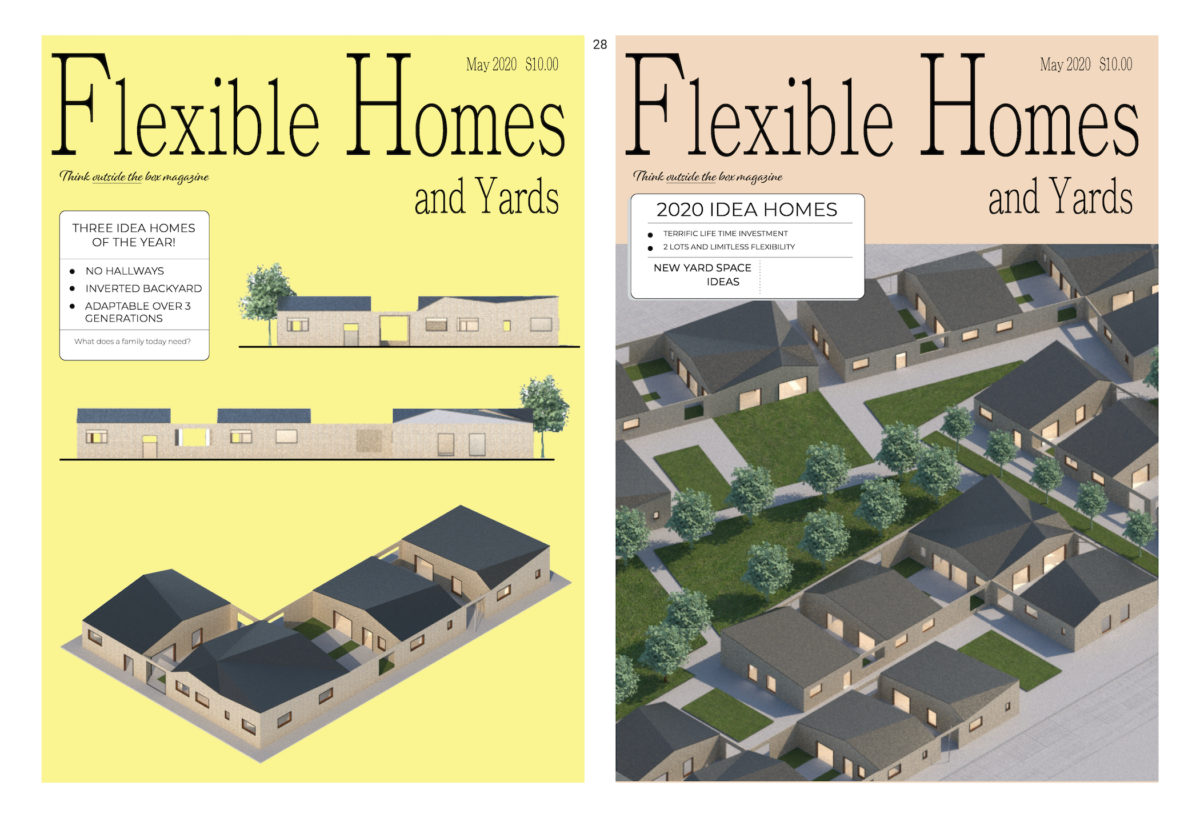Markets are produced with little care for design, but the market is perhaps the most accessible form of architecture. Rather than a box can the market become a center for sustainability within its community? The idea for Mapping a Market idea stemmed from the tote bag. Although there have been multiple sustainable fads, the tote bag remains resilient. What makes the bag so resilient and how can we use to produce a better architecture? The ideas of being easy to obtain, adaption, and consumer motivation to an increase green moral.
The market, becomes a sustainable, being self sufficient and within the community around Los Angeles Historic Park. It caters to a diverse class, people living in the nearby housing project, and the new apartment complexes that have been going up, making the building easy to obtain by multiple of people. By producing its own food in the form of an urban market through technologies as Aeroponics, the market is able to provide quality produce to a number of people. It connects to the park and also becomes an extension of the park, and integrates nature in and about the building. It will also provide plots of land to where people can use in a form of a community garden to produce other vegetation. It also has a recycling center and a center for compost to help the community engage in green practices.
